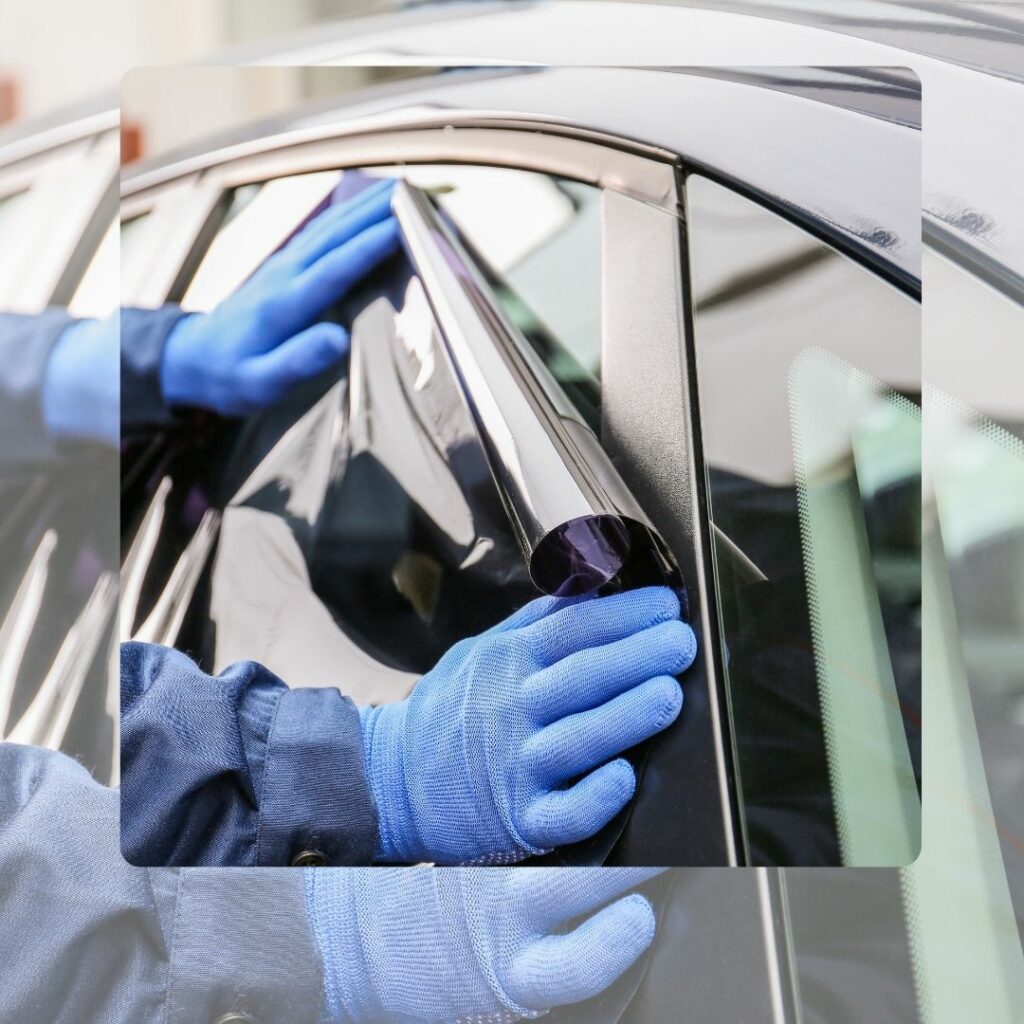
Whether you’re looking to reduce glare, block heat, or simply give your car a sleek new look, auto window tinting is a popular upgrade that delivers multiple benefits. But not all window films are the same. With several types available—each offering its own strengths—it’s important to understand your options before choosing the one that best fits your needs and budget.
1. Dyed Film: Basic and Budget-Friendly
Dyed window film is often the entry-level choice for auto window tinting. It’s made by placing a dye layer between adhesive and protective outer layers. This type of film provides a darker appearance and reduces glare but offers only modest heat rejection.
- Pros: Affordable, adds privacy, reduces glare
- Cons: Limited heat rejection, prone to fading over time
- Best for: Drivers seeking a simple aesthetic improvement on a budget
2. Metalized Film: Strong and Reflective
Metalized film contains microscopic metallic particles that reflect sunlight and help reduce interior heat. It also makes windows more shatter-resistant and durable.
- Pros: Better heat rejection, adds strength to glass
- Cons: May interfere with GPS, cell, and radio signals
- Best for: Drivers who want better performance without a high price tag
3. Carbon Film: Stylish and High-Performing
Carbon window tint features carbon particles that block infrared rays and keep the cabin cooler without creating a mirrored look. It also resists fading and gives your vehicle a modern matte finish.
- Pros: Excellent heat and UV protection, no signal interference
- Cons: More expensive than dyed or metalized films
- Best for: Long-term vehicle owners looking for style and performance
4. Ceramic Film: The Premium Option
Ceramic film is considered the top-of-the-line in auto window tinting. Made with non-metallic, nano-ceramic particles, it blocks the most heat and UV rays while maintaining the highest clarity and signal compatibility.
- Pros: Blocks over 99% of UV rays, top-level heat rejection, crystal-clear visibility
- Cons: Highest cost
- Best for: Those who want maximum protection, comfort, and clarity
Choosing the right film for your auto window tinting project comes down to your priorities—whether it’s budget, performance, style, or long-term value. From dyed to ceramic, each type serves a purpose and fits a different need.
Talk to a professional tint installer to explore your options and find the best film that suits both your car and your lifestyle.
READ MORE:
How to Choose the Perfect Window Film for Auto Window Tinting
Ceramic vs. Carbon: Which Auto Window Tinting Film is Right for You?